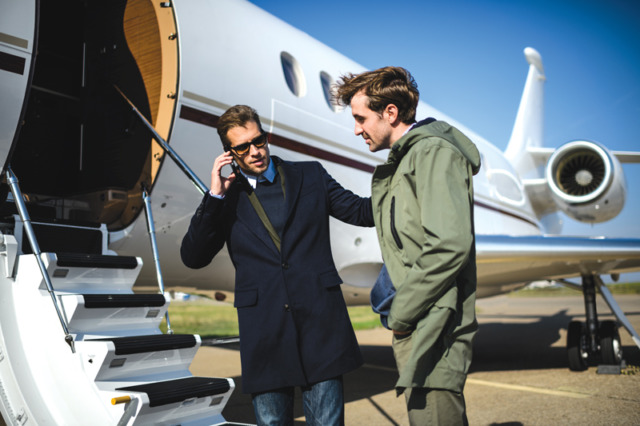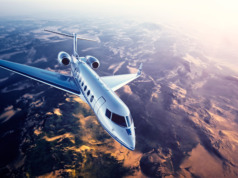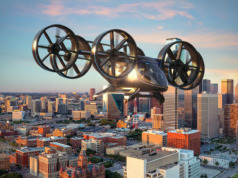
Once intrinsically linked to the business cycle, business aviation is witnessing a dramatic shift in demand. The needs and preferences of a new, younger generation of business aviation users are driving changes in the way aircraft are being designed, built, sold, and used. And the expectations of NextGen bizav travelers, who are used to the so-called “Sharing Economy” — a willingness to share the financial cost of owning and/or operating an asset – are contributing to the disruption of the business aviation industry. Welcome to the “Access Economy.”
What Are the Key Drivers for This Younger Generation?
- They prefer to hire aircraft services rather than buy aircraft. Analogous to ride-sharing or subscription models in the automobile market, this generation doesn’t feel a need to own — at least not yet.
- They want more for less: lower costs of flying, coupled with higher expectations for a superior experience. The decline in the quality of commercial airline travel makes bizav use more attractive for those willing to pay for it.
- An increasingly distributed workforce sometimes requires face-to-face meetings, even with plentiful online communication services.
- State-of-the-art continual connectivity and technology, for unrestricted use of social media and communications apps equal to on-ground. Integration of mobile devices with inflight entertainment; seamless cabin assimilation; mobile-app-driven cabin management technology; 360-degree ergonomic, entertainment, and environmental controls.
- A desire to make a smaller carbon impact. Sustainable aircraft and engines with low noise and emissions levels make flying a more socially acceptable experience.
How Is the Industry Responding?
- Changes in aircraft design and use – The past decade of downturn gave manufacturers the opportunity to invest in and improve aircraft. Today, they are building more durable airframes, engines, and operating systems, enabling aircraft to fly more hours per year with less maintenance. Avionics and navigation equipment are more sophisticated. Aircraft can carry more fuel and go further, more efficiently. Even entry-level aircraft now offer improved performance and economics, which makes business jet travel available to a wider market.
- Aircraft will be flying more – Whereas a typical owner flies 200-300 hours a year, these fleet airplanes will fly at least two to three times that number annually.
- More durable interiors – Transient use by multiple users requires sturdier materials, and greater ease of maintenance. Because of the rapid turnaround required, when something breaks, it has to be able to be repaired more quickly and easily.
- Improved connectivity – (see “1-2-3-4 Connect!” BAA, March/April 2018).
- Ease of booking – The rise of online booking now enables non-owning users to locate, purchase, and book travel on business aircraft. So a larger percentage of aircraft currently in production will be sold to fleet operators, who then will market their use through charter, shares, etc. to satisfy the growing demand of this new generation of users. This is a key driver in the current recovery of the demand for charter services.
- New financing leasing models – A willingness of the aircraft finance industry to offer operating leases for shares as well as for whole aircraft, fueled in part by the new U.S. tax laws. Greater participation of the finance industry, as in the commercial aviation market, supports these relatively new and hybrid business models.
What Do These Changes Mean for You?
Although fractional aircraft shares have been available since 1986, and jet cards since 2001, the upsurge in sharing programs has grown exponentially in tandem with universal internet use: just part of business aviation’s own technological transformation.
If your current aircraft is of the latest generation, designed for high utilization and high availability, environmentally friendly, and equipped with the latest navigation and connectivity technology, then consider yourself fortunate: broader revenue opportunities now await in the Access Economy. BAA
Michael T. Amalfitano, Sr. is President and CEO of Embraer Executive Jets. With 36 years of financial services experience, he formerly held senior positions at Stonebriar Commercial Finance and Bank of America Merrill Lynch.




